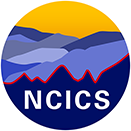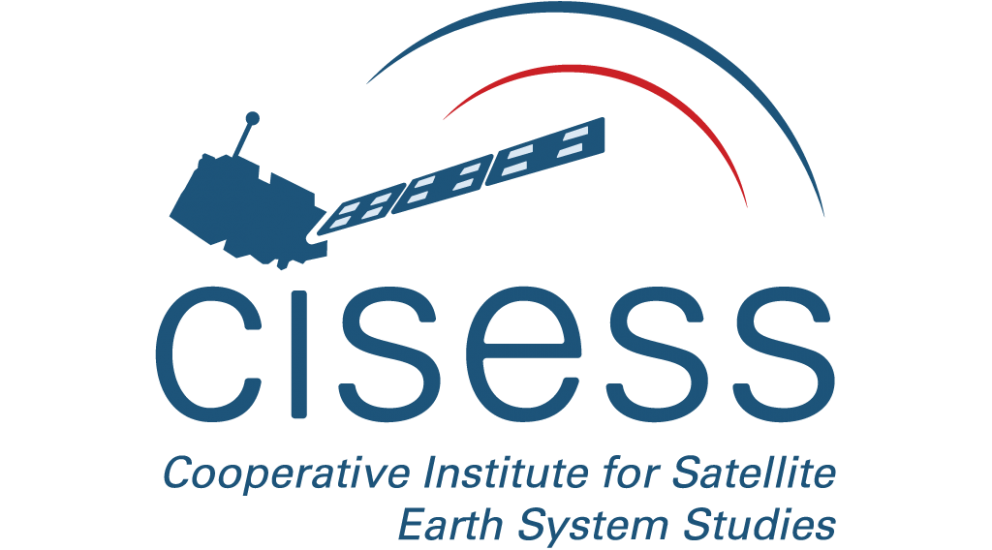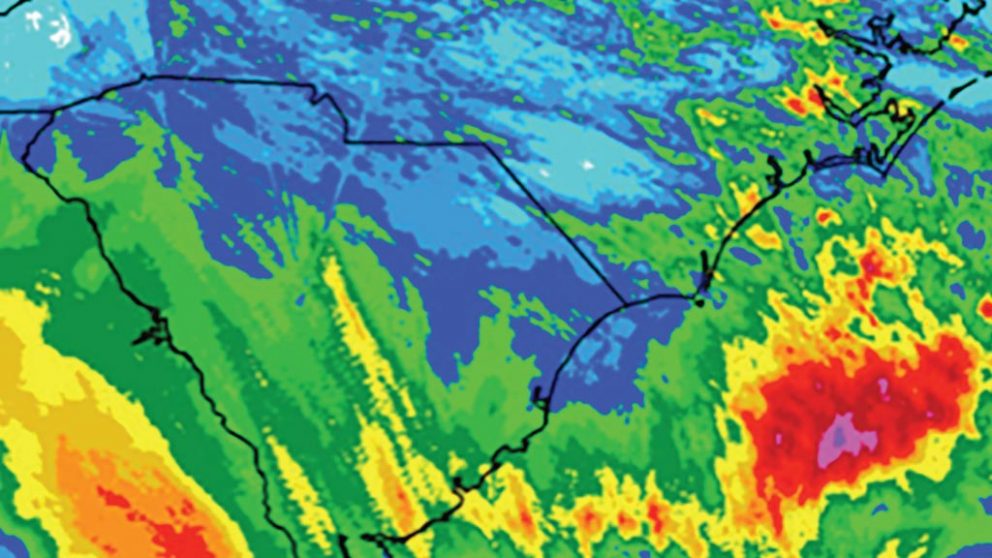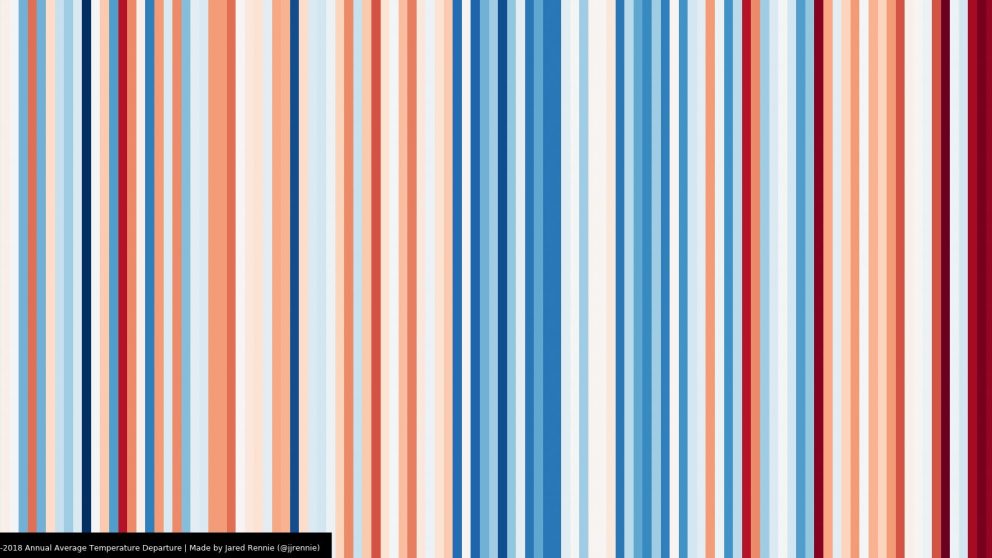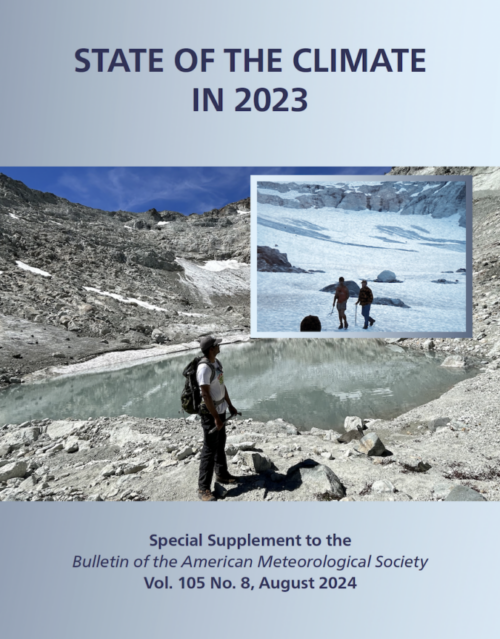
Extreme Heat and Pregnancy
Short-term exposure to extreme heat is associated with mental health problems during pregnancy, according to a new paper from NCICS researcher Dr. Jennifer Runkle and colleagues. The study adds to a large and growing body of evidence documenting the health risks associated with climate change in general and high temperatures in particular.
